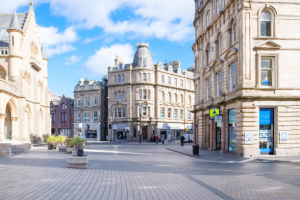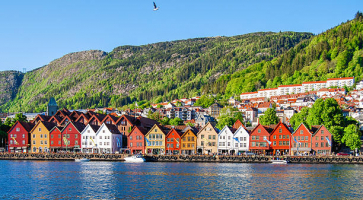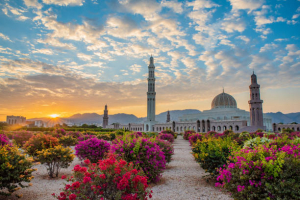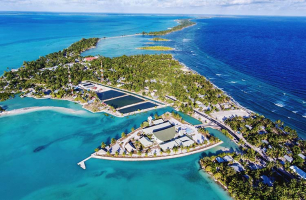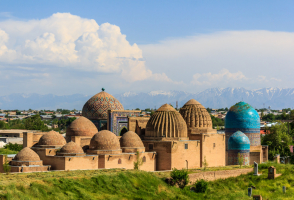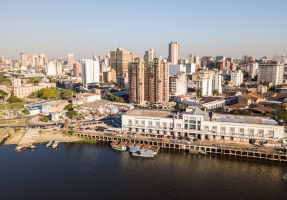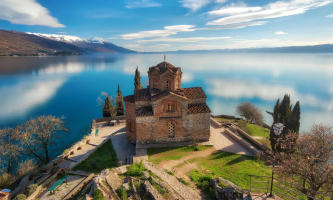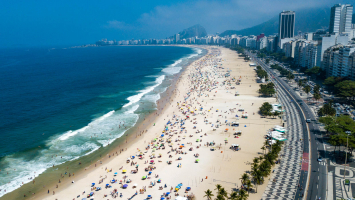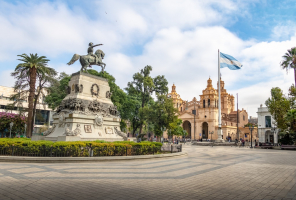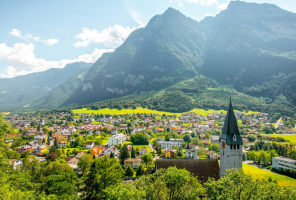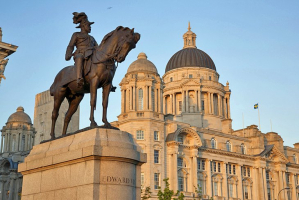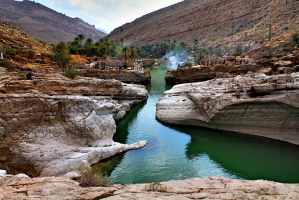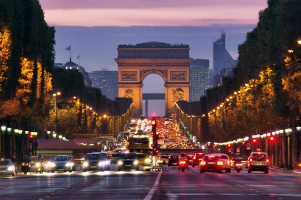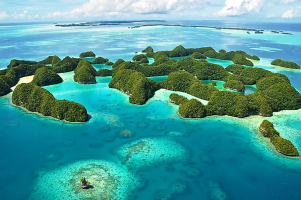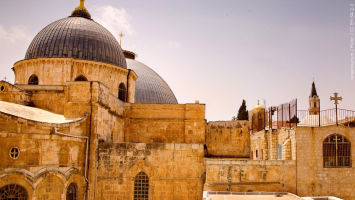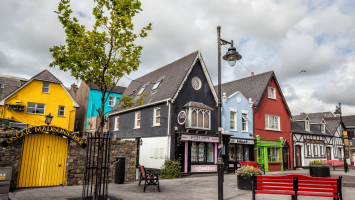Top 11 Reasons to Visit Peru
If you have not visited Peru, chances are, you might only know about Machu Picchu, one of the Seven Wonders of the World. Though Machu Picchu and the Incas are ... read more...the most famous things about Peru, there are plenty of other reasons to visit Peru. Let's check the list of top 10 reasons to visit Peru.
-
Any traveler can quickly access an immense amount of intriguing history. Whether you visit a museum, browse about a town or village, or go to one of the secret Inca ruins, you will always be surrounded by history and its cultural effects. The ancient Inca ruins are regarded as some of the world's most stunning and intriguing places. Some of their most remarkable ruins can be found in the Sacred Valley and Machu Picchu, which are best seen while climbing the Inca Trail.
The Inca ruins, however, are not the only relics of ancient civilizations. In the north, ancient civilizations can be found in the city of Chan Chan, while in the south, interesting evidence of ancient cultures can be found near Lake Titicaca, the city of Puno, and the Nazca Lines. They recommend visiting Viator for offers and discounts on excursions not only to Machu Picchu but also to all of the previously mentioned cultural and historic places.
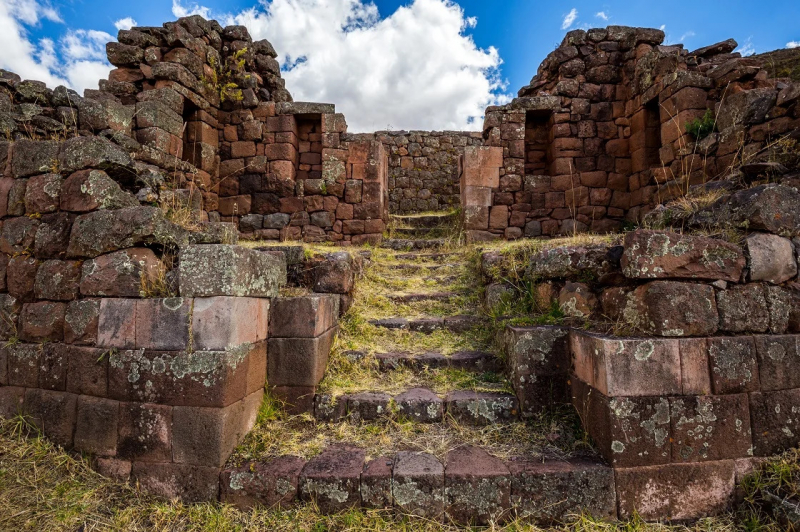
peruforless.com 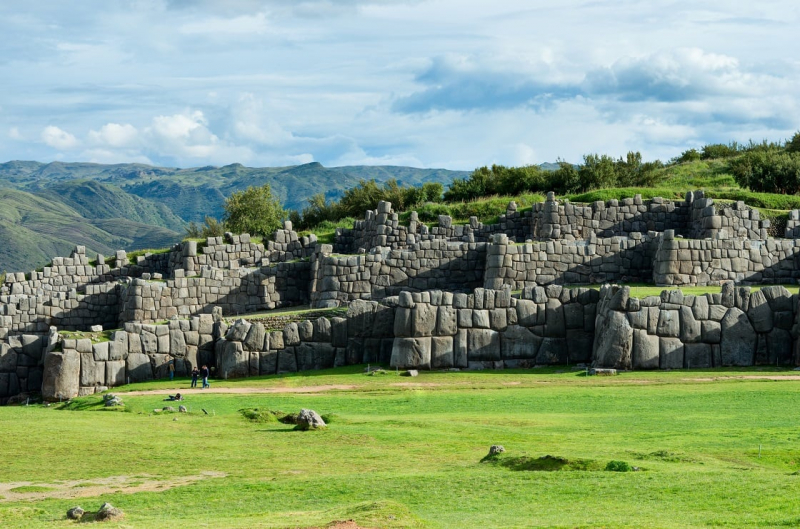
rainforestcruises.com -
Machu Picchu is Peru's most popular tourist destination, with over one million tourists each year. It is not just one of the Seven Wonders of the World, but it is also a UNESCO World Heritage Site. Machu Picchu, as you may know, is a citadel erected by the Incas in the 15th century. It was, however, abandoned in the 16th century when the Spanish conquistadors arrived in Peru. No one knows why Machu Picchu was abandoned, but many scholars assume that the Inca people left to help in the struggle against the Spaniards.
After the Incas were vanquished, Machu Picchu was abandoned. However, what distinguishes Machu Picchu from other Inca sites is that it was never discovered by the Spaniards. Machu Picchu, perched atop the Andes Mountains above the Urubamba River, was virtually invisible to everybody but the natives. Machu Picchu was discovered hundreds of years later exactly as it had been left (except a small amount of weathering), making it one of the best-preserved Inca ruins on the planet.
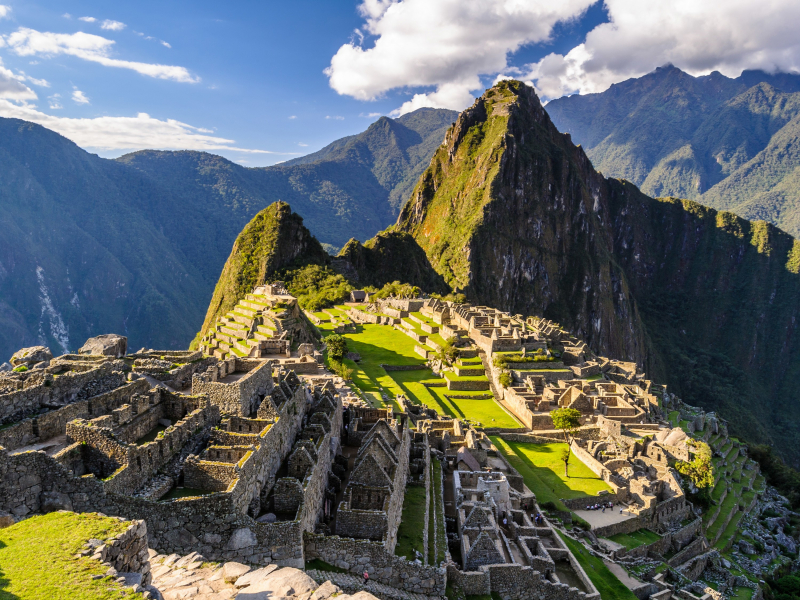
global.hurtigruten.com 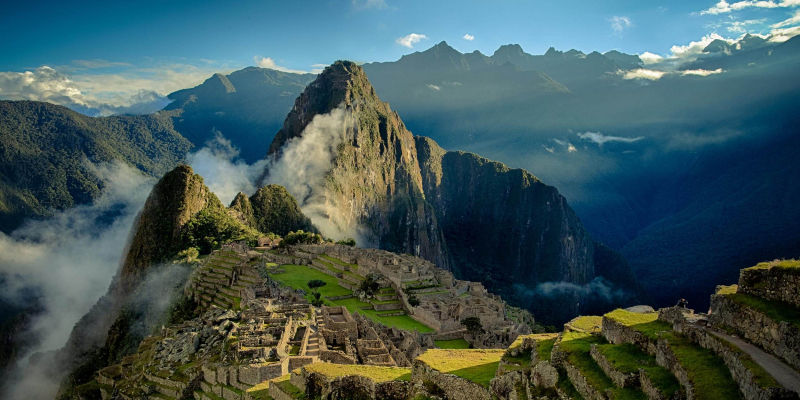
global.hurtigruten.com -
One of the best reasons to visit Peru, especially if you are a foodie, is for the food. Peru is able to get a diverse selection of fresh ingredients due to its diverse geography. Peru has some of the best cuisine in the world, thanks to hundreds of years of culinary refinement. In reality, Lima, Peru's capital city, is routinely voted the gastronomic capital of Latin America. The city is also home to two of the world's top 50 restaurants, Central and Maido.
Cusco is also one of the best venues in the world to sample traditional Peruvian cuisine. Cuy (guinea pig) is a traditional delicacy that was originally the main source of nourishment for the inhabitants of the Andean Mountains' settlements.
Peruvian ceviche (not to be confused with ordinary ceviche), Peru's national dish, is one of the best dishes to sample in Peru. It's a dish made with raw fish that has been marinated in strong Peruvian limes. The limes are so potent that they kill all of the bacteria in the fish, effectively "cooking" it. It's a dish that lets the fresh ingredients' flavors shine. Simple but effective.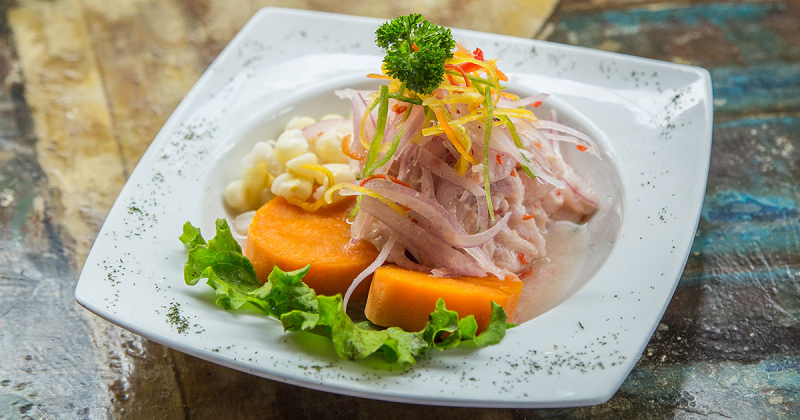
peruforless.com 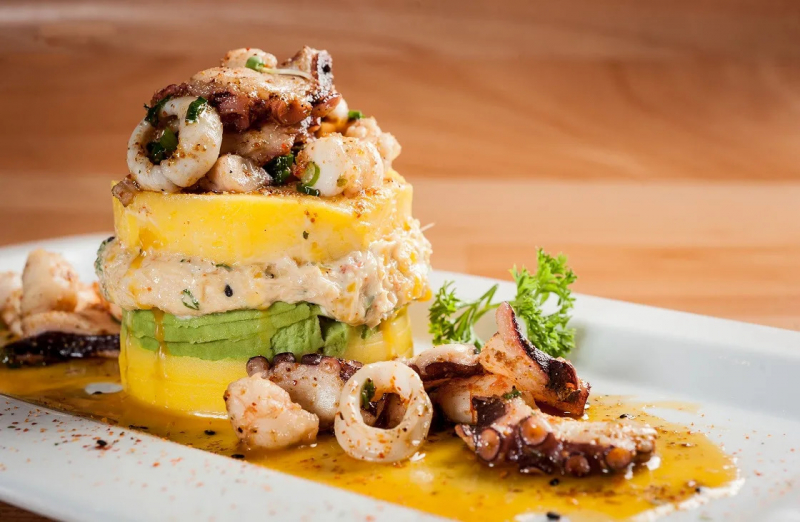
willflyforfood.net -
Do you picture towering waterfalls when you think about Peru? But did you know that Peru has numerous enormous waterfalls, including the Gocta Waterfalls? At 771 meters high, the Gocta Waterfalls, or Catarata de Gocta in Spanish, are one of the world's tallest waterfalls. It was the third highest waterfall in the world when it was discovered, but it is now somewhere between third and sixteenth, depending on how it is measured.
The Gocta Waterfall, located in Northern Peru's Amazonas region, is surrounded by mountains and jungle, creating a unique and stunning landscape. The best thing about the Gocta Waterfall is that you may hike to many different places of it. The most popular alternative is a three-hour climb from Cocachimba to the bottom of the falls, where you can truly appreciate nature's strength. Just make sure anything you bring with you is waterproof or it will be ruined if it gets wet!
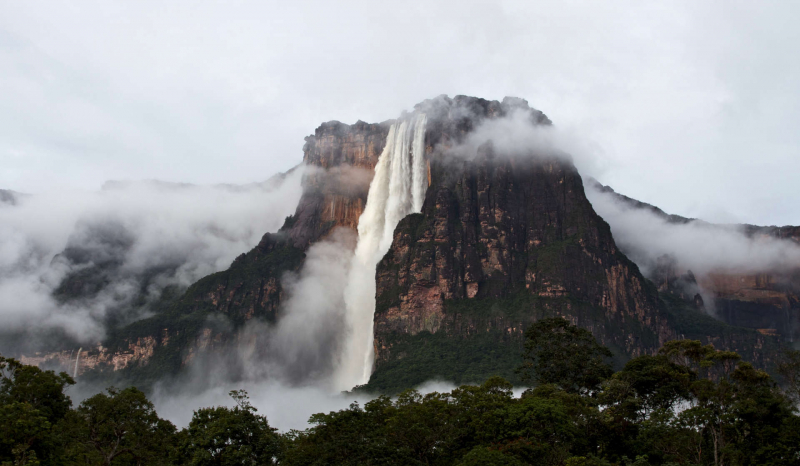
peruforless.com 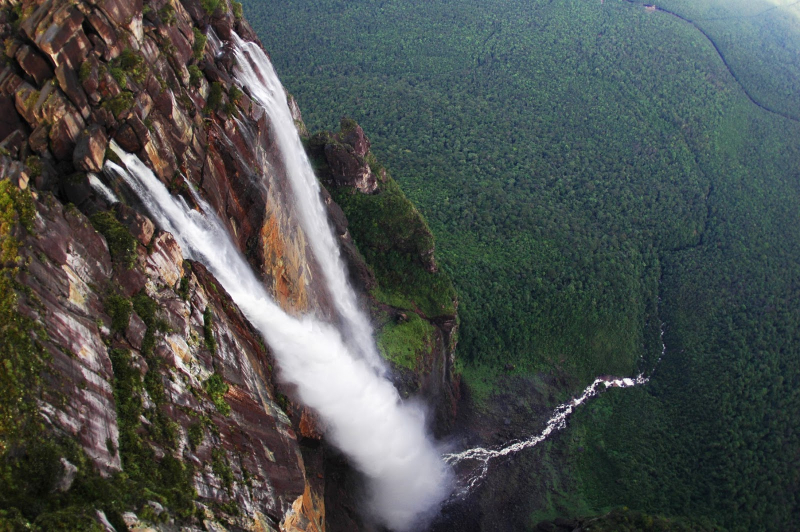
peruforless.com -
The famed Inca Trail to Machu Picchu is one of the top reasons to visit Peru. The Inca Trail is a four-day historical trip that follows some of the paths utilized by the Inca civilisation to go through the Sacred Valley. The trail begins in the snow-capped slopes of the Urubamba Range and ends in Peru's dense cloud forest. Along the route, you can visit over 5 Inca sites and learn about the history of Pre-Columbian America's biggest empire.
On the final day, you enter Machu Picchu by the Sun Gate rather than the entryway. It was historically the only way to enter Machu Picchu, and many visitors were turned away because to their lack of royalty. The Inca Trail is a cultural and historical experience that includes an exhilarating hike and breathtaking mountain views. Its uniqueness alone is reason enough to visit Peru! However, you should book the Inca Trail 6+ months in advance is strongly advised. This is a world-renowned attraction whose popularity should not be underestimated.
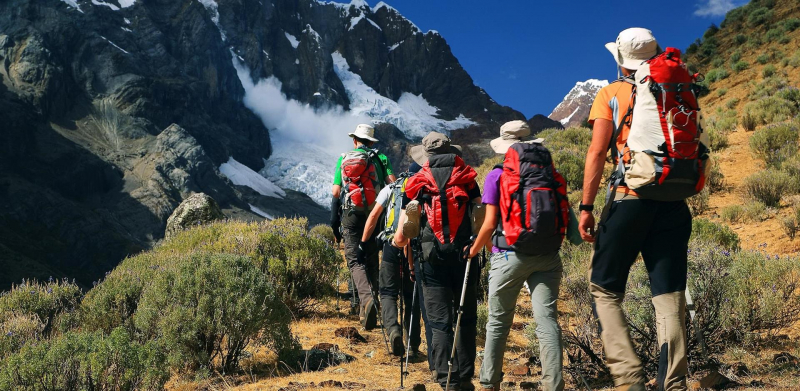
peruforless.com 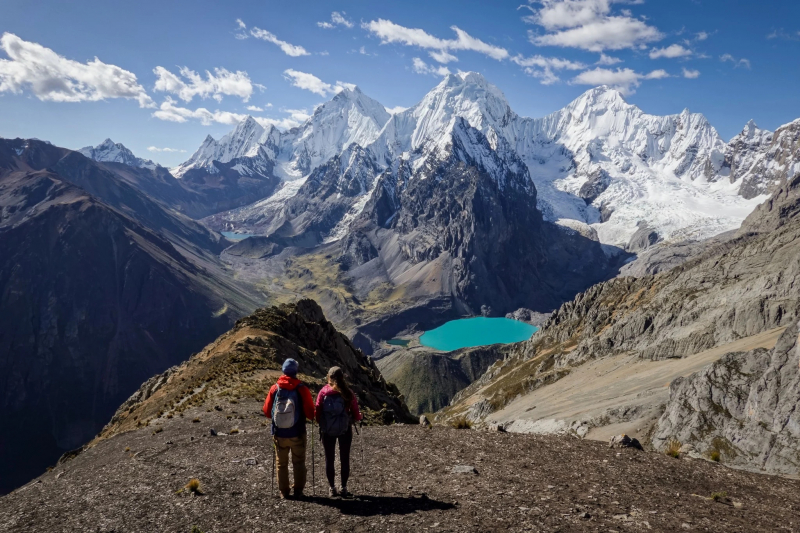
travelmademedoit.com -
Alpacas can be found in the Peruvian Andes. They are regarded as one of South America's most attractive camelids (camel species family). This species is critical for Andean shepherds. At least 150,000 families rely on the sale and export of this animal's meat and fiber. An alpaca's average gestation duration is roughly 11 months. They have a limited reproductive cycle. As a result, they can only have one child per year. Shepherds will then raise and care for the foals with love and dedication. They can live for more than 25 years on average, depending on how well they are cared for.
Peru contains 87% of the world's alpacas, which are separated into two races: Huancaya (80.4%) and Suri (12.2%). The major distinction between the two species is their fur, and they can breed with one another. Shepherds divide them into herds. They graze in the Andean highlands at elevations ranging from 3500 to 5000 meters above sea level. Alpaca fleece is smooth, elastic, soft, and long-lasting. It is ideal for producing various types of apparel because it has 22 official colors (plus their intermediate tones). Its greatest distinguishing feature is its softness; even in its thickest condition, it is intrinsically softer than sheep's wool.
Their fleece possesses thermal qualities that allow them to respond to changes in temperature. As a result, various countries, including the United States, New Zealand, Australia, and the Netherlands, have imported them. South America produces approximately three million kilos of alpaca fleece each year. This amounts to around 4% of all fibers produced in any given year. Alpaca garments are commonly seen in other countries, which reflects the Peruvian seal of approval behind them, as those who wear alpaca clothing do not get cold.
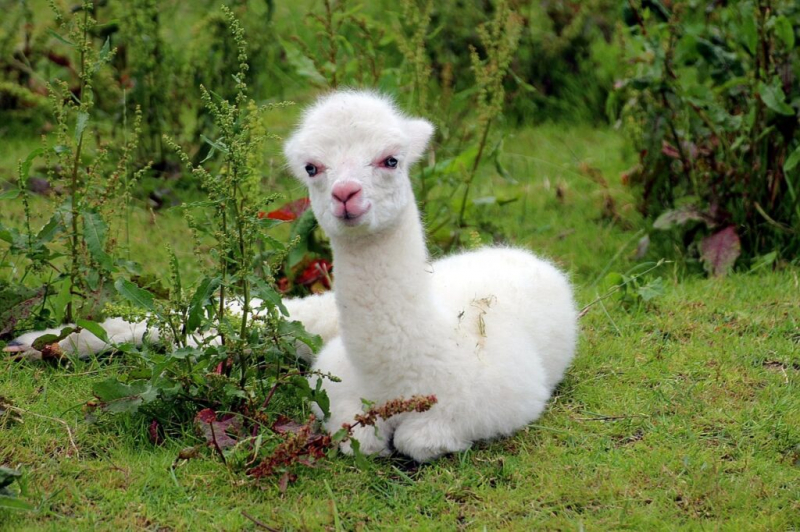
animalhype.com 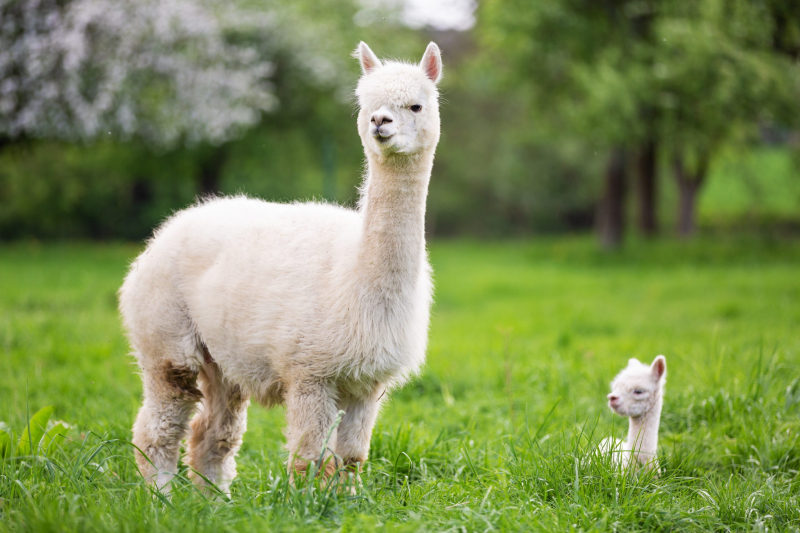
animalhype.com -
Vinicunca, also known as Rainbow Mountain or the Mountain of Seven Colors, was found four years ago when the snow covering it melted, revealing the natural beauty of the granite beneath. The mountain's distinctive minerology, formed through time by weathering, ambient conditions, and sedimentary deposits, generated a marbled effect, with layered colours of gold, purple, scarlet, and turquoise ascending into the sky.
The mountain, which is considered a holy site in Peru, has become a popular destination for international travelers, and is now the second-most visited attraction in the Cusco region, due to local tour companies and a flurry of Instagram photos. According to Peruvian media, Vinicunca receives 1,500 visitors every day, accounting for one-third of the daily visitors to Machu Picchu.
A variety of tour companies offer full-day excursions to Rainbow Mountain, which is about 62 miles from Cusco — travelers should be prepared to begin their day early with a winding, rocky journey from the city. Tours in Cusco cost about 100 Peruvian soles ($30), and most companies return trekkers to the city center by 7:00 p.m. The location charges an additional entry fee of 10 soles, which is not included in the price of most tours.
Hikers who want to climb the peak should plan on a five-mile round hike from the bus stop. Vinicunca is more than 16,000 feet above sea level, so visitors should be prepared to hike to great altitudes. The majority of the walk is not difficult, but the final section of the hike is a more strenuous, steeper ascent.
Mountain bikes can be rented for adrenaline seekers or as an alternate method to experience Vinicunca in all its splendour. For those who prefer not to walk lengthy distances, the excursion can be made on horseback for 80 soles. If walking becomes too arduous, horses can be rented at numerous spots along the route.
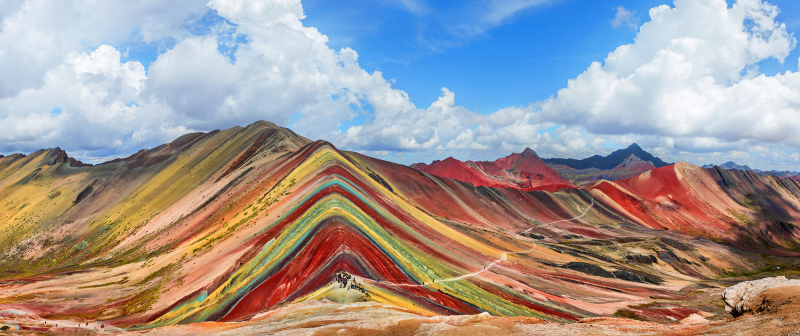
mybestplace.com 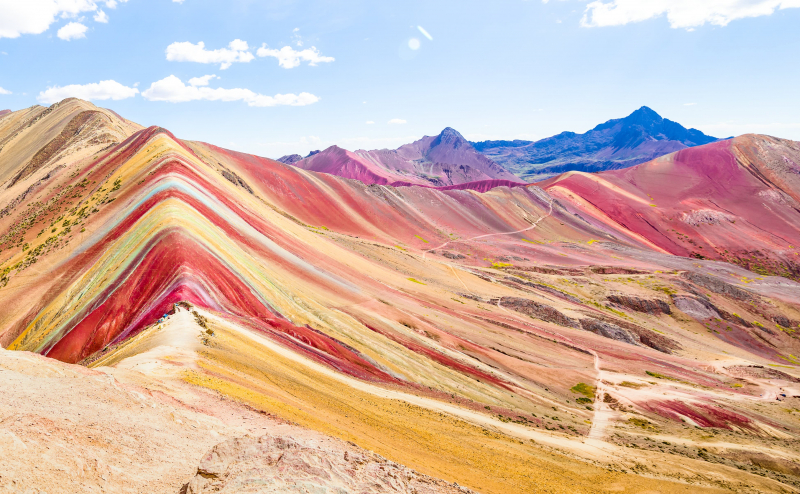
mybestplace.com -
Lake Titicaca, Peru's highest navigable lake at 3,812 meters, is one of the country's most fascinating characteristics. Despite its most notable feature, Lake Titicaca is thought to be the origin of the Inca civilization. People nowadays visit Lake Titicaca to learn about the Uros people rather than the Incas. Why? The Uros have constructed over 100 floating islands on Lake Titicaca using only local flora growing in the lake and their own hands. Talk about engineering feats and sustainability!
The majority of the Uros people have left the floating islands, although there are still many who live there. A large island may often accommodate up to ten families, whereas a tiny island can accommodate two to three. How wonderful is it that they have a school on one of the islands? A tour with a native guide is strongly recommended if you want to learn more about Lake Titicaca, the Uros people, and its cultural significance. Fortunately, there are numerous tours that depart from the lakeside city of Puno!
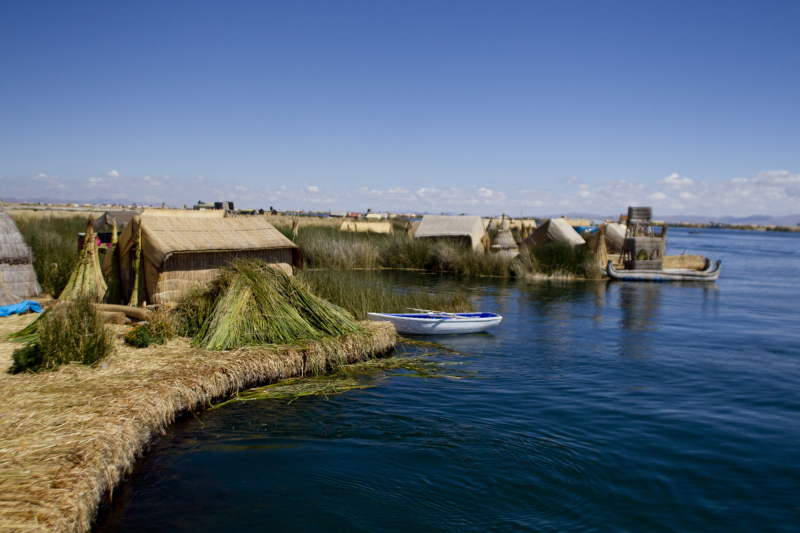
en.wikipedia.org 
worldatlas.com -
Peru, as the home of the Andes Mountains, is naturally rich in hiking opportunities. The Colca Canyon trek, on the other hand, is rather unique. It is the deepest canyon in Peru and the second deepest canyon in the world. The Colca Canyon is a river canyon in southern Peru, around 4.5 hours from the popular city of Arequipa. The Colca Canyon is known as a natural habitat for condors, which are a symbol of Hanan Pacha, or the heavenly world, in Inca culture.
For tourists, though, Colca Canyon is a must-do hike. The Colca Canyon is regarded as one of the world's deepest canyons. Indeed, it is twice as deep as the Grand Canyon in the United States, which is already rather spectacular. Visitors who desire to trek the Colca Canyon can do so on a 2-day or 3-day circuit that begins at the top and ends at the bottom. Both tours follow a similar itinerary; the difference is that one has shorter days than the other. But before you go, they highly recommend that you get acclimated to the altitude. You will need to hike at around 3,200 meters altitude for this trek.
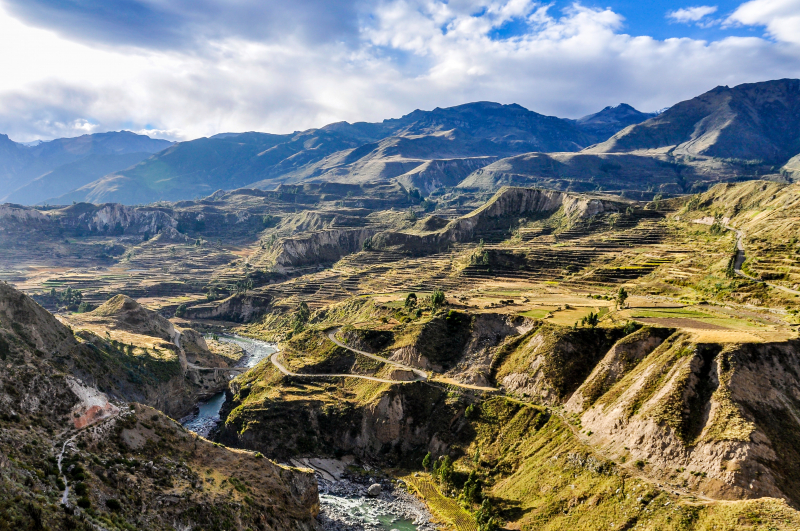
peruforless.com 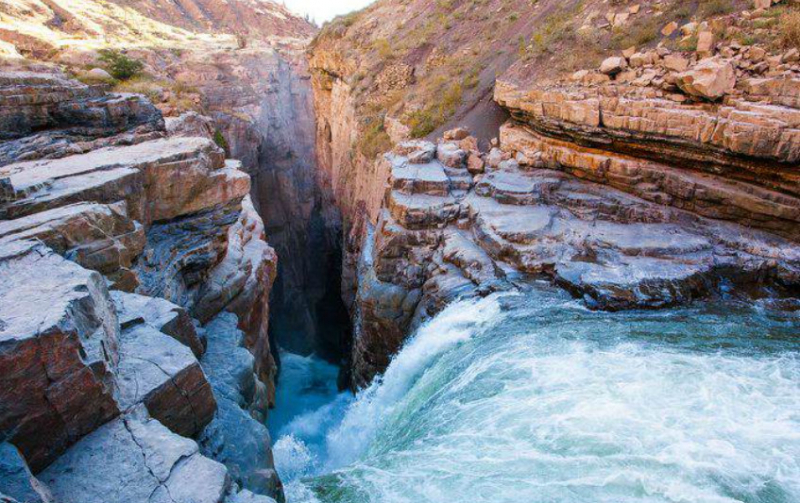
peruhop.com -
A trip to Chachapoyas would be incomplete without seeing Peru's second spectacular hilltop ruin, the abandoned city of Kuélap. The Chachapoya people created and occupied the monument, which archaeologists believe was a key religious and political center, beginning in 800AD, making it centuries older than Machu Picchu. There is evidence that the Incas invaded before being driven out by the Spanish conquest.
Looming some 3,000 metres above sea level, Kuélap is an impressive site, with limestone walls surrounding a settlement of around 450 stone houses. It was once home to up to 3,000 people, and many of the structures still include their thatched roofs along with intricate carvings. The fortress itself contains the remains of an ancient tower, guard posts and eight metre high walls containing fortified entranceways – the walls were designed to keep out hostile groups like the Huari. Some have reconsidered the idea of the site being a defensive fortress however, due to the lack of defensive marks on the walls, suggesting it was perhaps more of a religious or ceremonial centre.
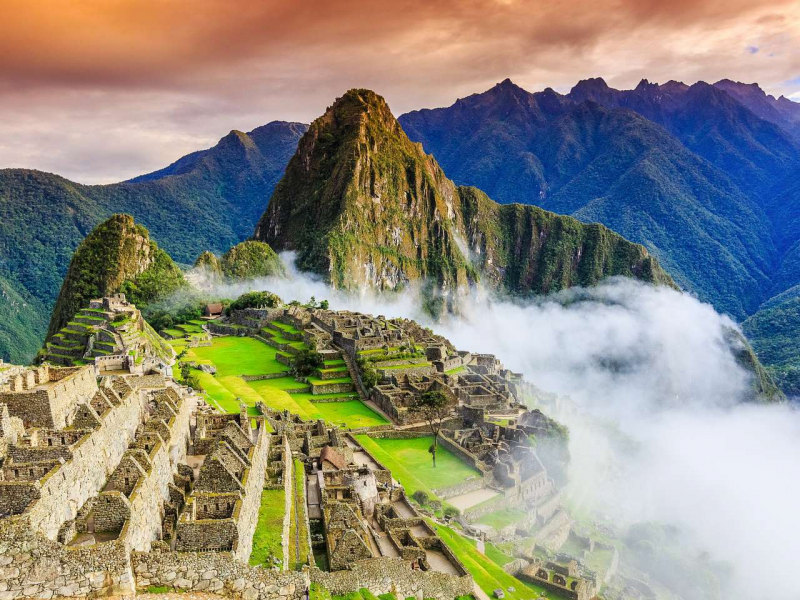
nationalgeographicexpeditions.co.uk 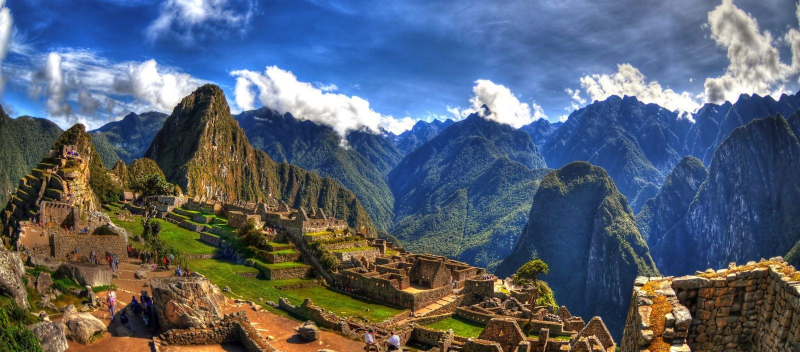
nationalgeographicexpeditions.co.uk -
Because Peru was one of LAN's home areas, the airline has operated flight connections from various US cities to its Lima base for many years. However, as a result of its recent merger with TAM, the airline now connects passengers to many more locations around South America. LATAM now flies from Lima to Los Angeles (LAX), Miami (MIA), New York (JFK), and Washington, D.C. (IAD), and is member of the Oneworld alliance, so you may use your AAdvantage miles to fly there. To fly from the continental US to Peru in economy or business class, you'll need 20,000 or 30,000 miles each way. Within Peru, you can book awards for 10,000 miles each way in economy or 20,000 miles in business class.
American also flies to Lima from Miami (MIA) and Dallas (DFW) – award fares for economy and business class are the same. AA, on the other hand, offers off-peak economy rewards on its own flights to the South America 1 zone from January 16 to June 14 and September 7 to November 14, with awards starting at just 17,500 miles each way during those times. You can also fly Delta via Atlanta (ATL) and United via Houston (IAH) or Newark (EWR).
Once in Peru, flights between major cities such as Lima, Cusco, Arequipa, Iquitos, and Puerto Maldonado are relatively cheap and frequent on a variety of airlines such as LATAM, Star Alliance carrier Avianca (though some planes are still labeled TACA), and upstarts such as Peruvian Airlines.
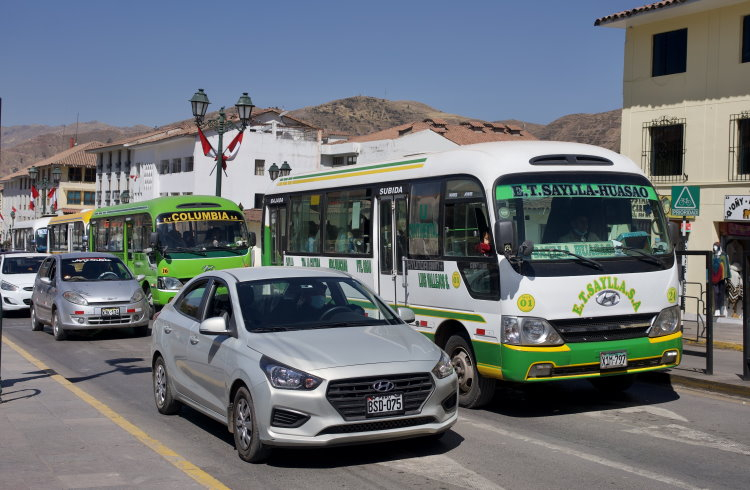
bigseventravel.com 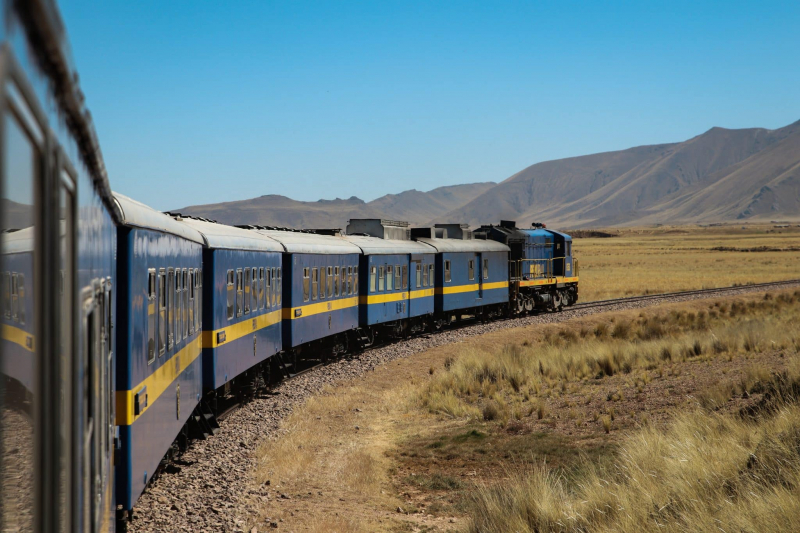
worldnomads.com














